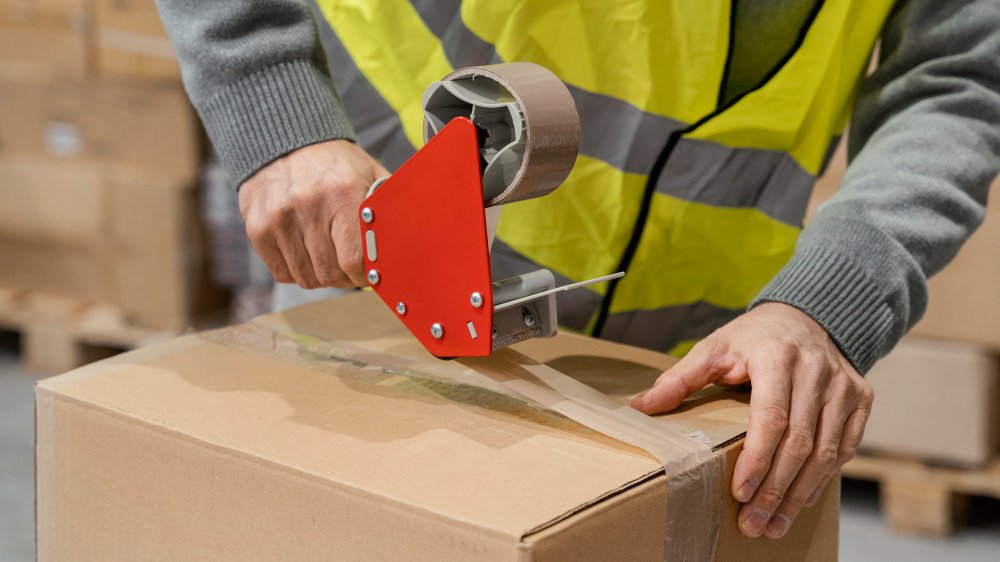Kitting increases production efficiency by grouping together components that have been pre-assembled into ready-to-use kits. This kind of operation does not require much investment in technology but can yield great returns. Why? Because kitting reduces the time and the number of errors made during assembly. However, making errors isn't the only problem that assembly workers face. They also lose time when they can't find the parts that they need when they need them. That's why kitting is a big step toward streamlining workflows.
Introduction to Kitting in Manufacturing
Collecting and organizing related parts into kits, a process called kitting is taking the world of manufacturing by storm. It is a recovery process that could save manufacturing from further decline. When done, it can meet the demands of companies that are trying to streamline their manufacturing processes and improve their inventory control. As for kitting and assembly practices in general, they focus on arranging components so that quick assembly is possible. That saves time, and anything that saves time is valuable. It also reduces errors.
Kitting's practice has grown from its nascent applications in assembly lines, where it was a direct response to the disorganized supplies that caused inefficiencies. It now finds use in many areas, including direct-to-consumer fulfillment operations. Part or component kits are assembled in advance, and the kits are used to perform a variety of processing acts from order picking to direct consumer fulfillment.
Benefits of Kitting for Businesses
Kitting offers benefits to businesses that span several sectors. Most importantly, it allows them to reduce lead times significantly. By pre-gathering materials, companies can rapidly assemble what their clients have requested and get it out the door. We say 'assemble' because a kit isn't actually a final product—rather, it's effectively a stage in the production process. Many companies that use kitting also use it in conjunction with just-in-time manufacturing principles.
Yet another big benefit is the boost to product quality and uniformity. Defects in the end product have been statistically demonstrated to decrease when kitting is employed. Each kit is inspected part by part before assembly to ensure that the (not terribly numerous) parts within the kit conform to specs. Since our kitting operatives are part of the Quality Assurance (QA) team and since kitting under lean manufacturing principles allows the transition from parts to finished product with exactly no waste in-between (which might seem a tall order, but it’s a good goal), what we here have is a real two-for-one deal on quality.
How Kitting Improves Production Efficiency?
Production efficiency is directly associated with the strategic implementation of kitting. By organizing materials into kits, workers shift their efforts from finding parts to assembling products. Kitting, in effect, makes assembly better by enabling workers to find what they need in a timely and somewhat predictable manner. It thus enhances production efficiency.
Kitting allows an organized environment, where workflows thrive and assembly efficiency is maximized. Tools and parts are placed in such a manner that it reduces any unnecessary motion when assembling the end item. Kitting allows the OEM (original equipment manufacturer) to meet the deadlines required by the assembly line.
Real-World Examples of Kitting Success
Consider the tale of a prominent electronic device maker who experienced never-ending interruptions in its assembly line because of missing parts. It did what any savvy company would do: it started using kitting to simplify its operations. The company organized components into kits, with the goal of staying under the "minimum downtime" directive. Unbelievably, the company experienced a burst of productivity and "operational excellence" in the wake of implementing kitting (with only a 16% increase in the use of pallets, by the way).
Industry sources confirm these successes, illustrating that businesses using strategic kitting are seeing measurable and meaningful results. Several studies in this area provide a glimpse into the transformative power of kitting and what it can do for your business. The overall message from these studies is that kitting can reduce production delays and help expedite product delivery. Here are a few of the studies and their findings.
Best Practices for Implementing Kitting
For businesses to implement kitting well, they must refine their current processes to a fine edge. The first step is to find the bottlenecks in assembly and to fix them with smart modifications. The kitting area should be designed for access with minimal movement—everything should be in a place that promotes efficiency.
Training employees is the bedrock of successful kitting. It ensures that the workforce has the skills and understanding necessary to use new systems. Why is this important? Because when a kitting operation is started, it is imperative to have the workforce on board and operating successfully from day one.
And how do you measure success after the operation has kicked off? Tracking important performance metrics, such as assembly speed and error rates, gives you a good insight into the "health" of the kitting operation.
Challenges in Kitting and How to Overcome Them
Although kitting presents many advantages, it also has its fair share of problems. One of these is spatial limitations, which in part arise from insufficient storage space and in part from too much in the wrong places and too little in the right places. List the next one yourself.
When it comes to training, funding all-encompassing programs that comprise both manual and digital learning mediums can prepare our workforce to tackle the rapidly multiplying kitting intricacies. Along with this, we can tidy our operations by automating the more monotonous aspects of the kitting process. This not only ensures kitting efficiency but also bolsters employee retention by providing a smoother path toward operational excellence.
Future Trends in Kitting
As sectors place a greater reliance on technology, kitting stands to benefit from the evolution of this technology through automation and data analytics. The robotics revolution isn’t coming—it’s here, and it’s enhancing precision and consistency in kitting activities. Kitting is increasingly becoming automated, but that doesn’t mean it isn’t responsive to changing manufacturing dynamics.
Moreover, using data-driven decision-making tools in kitting lets manufacturers predict trends, keep an eye on system efficiency, and detect the kinds of problems they could run into if they didn't have such tools at their disposal. These tools provide insights that let them make continuous improvements, ensuring that kitting remains a flexible and innovative means of organizing production.
Conclusion
The effect of kitting on manufacturing is deep and multidimensional. It shows what can be accomplished when efficiency, organization, and strategic foresight come together. Kitting benefits businesses by helping to shorten lead times, trim costs, and enhance quality.



